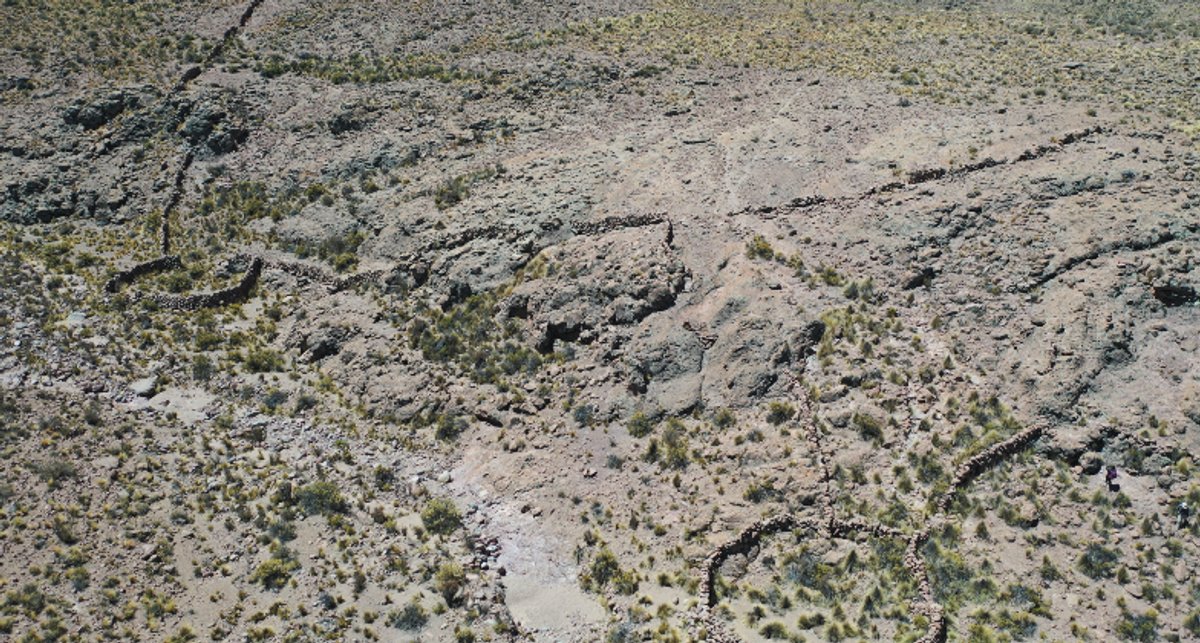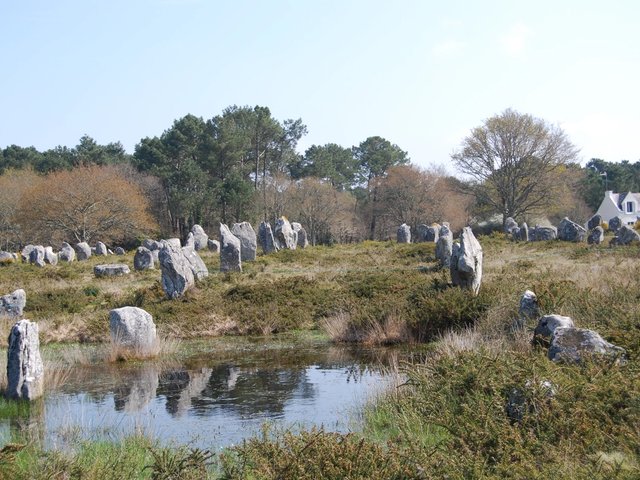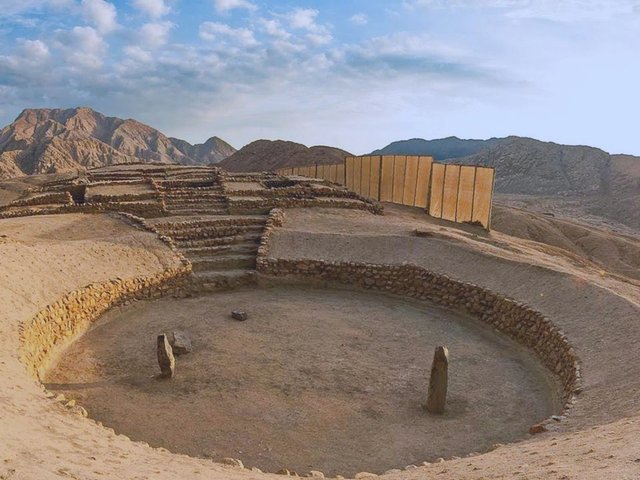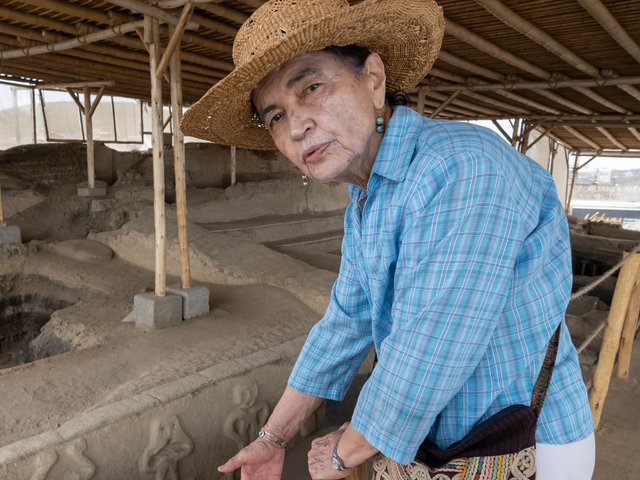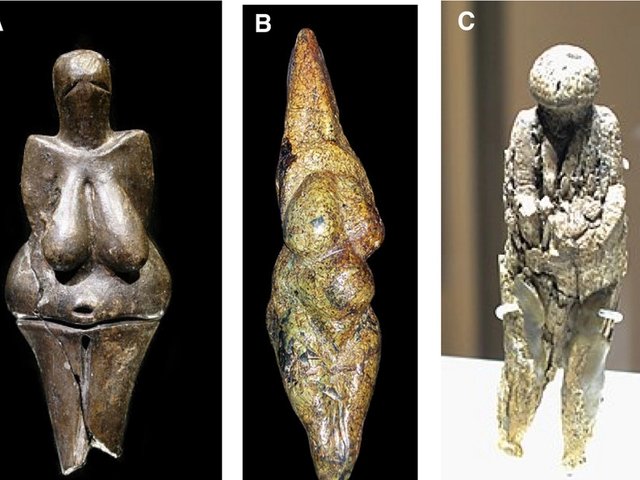An archaeologist has used satellite imagery to identify ancient hunting traps in the Andean highlands of northern Chile. Known as chacu, the large traps helped communities drive their prey into deep pits, and may show that hunter-gatherers continued to live in the region for far longer than was previously believed.
“Prior to my research, fewer than a dozen such traps were known across the entire pre-Hispanic Andes,” Adrián Oyaneder, author of the research paper and an archaeologist at the University of Exeter in the UK, tells The Art Newspaper. “However, in parallel with a French research team, I was able to demonstrate that these structures are heavily concentrated in the Camarones Valley, where we documented 76 examples with strong indications of at least 100 more further to the south.”
When building their traps, Andean hunters usually followed a funnel-shaped design. Often constructed on steep hill slopes, the traps consist of two or more long dry-stone walls, with a dominant “arm”, on average 181 metres in length, and a shorter one of around 97 metres. The space between these arms narrows as they head downhill, forcing animals to move from higher ground towards a two-metre-deep drop, where they would fall into a structure designed to contain them. In the Andes, hunters typically used such traps to capture wild camelids, particularly vicuñas, a relative of the alpaca.
“This architectural pattern bears a strong resemblance to the so-called desert kites documented in regions such as the Black Desert of Jordan, with which they share striking formal and functional similarities,” Oyaneder says.
To make his discovery, published in the journal Antiquity, Oyaneder studied satellite imagery covering about 4,600 sq. km of Chile’s Camarones River Basin. He particularly focused on upland areas, which had not been extensively examined before. In addition to identifying 76 chacu, he found nearly 800 previously undiscovered small-scale settlements that appear to be associated with the hunting traps.

Examples of chacu traps found in the Camarones Basin, Chile Courtesy Adrián Oyaneder
“The chacu and the small-scale settlements I documented suggest that a range of human groups occupied this landscape from at least 6000BC to AD1700, moving strategically across the highlands and tethered primarily to hunting resources, particularly vicuña,” Oyaneder says.
Oyaneder’s research indicates that hunter-gatherers, specialised in capturing vicuñas, continued to live in the Chilean highlands for far longer than previously assumed. They may have sometimes coexisted with mobile herding communities, who bred domesticated animals but also hunted, forcing both groups to share access to hunting territories.
“Within this framework, the hunting traps can be understood not simply as isolated features, but as part of a broader system of collective management of wild animals,” Oyaneder says. “Small-scale settlements in the Camarones Valley may have functioned as ranch-like outposts embedded in tethered landscapes of seasonal mobility, providing logistical support for roundups and the processing of animals.”
Experts have long debated exactly when the hunter-gatherer way of life disappeared from the Andean highlands. Archaeological evidence indicates that it gradually declined after 2000BC, when domesticated plants and animals were introduced, before ultimately vanishing. But historical records suggest that Spanish colonists interacted with groups of hunter-gatherer-fishers, known as the Uru and Choquela, in the highlands from the 16th to the 19th centuries.
“My research builds a bridge in this regard, suggesting a strong possibility that both the small-scale settlements and the hunting traps formed part of the settlement repertoire and subsistence strategies of these groups,” Oyaneder says. “Not all of these sites can necessarily be attributed to hunter-gatherers—this remains to be confirmed—but the evidence indicates that such lifeways may well have persisted, perhaps continuously, until around AD1700.”


